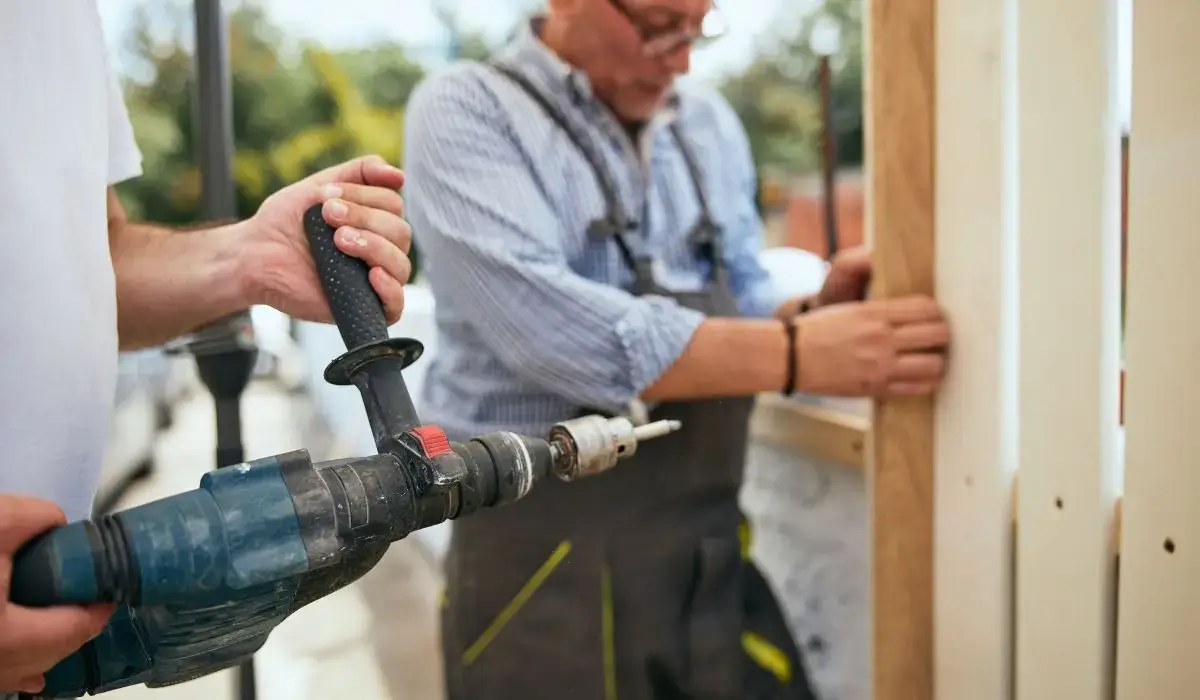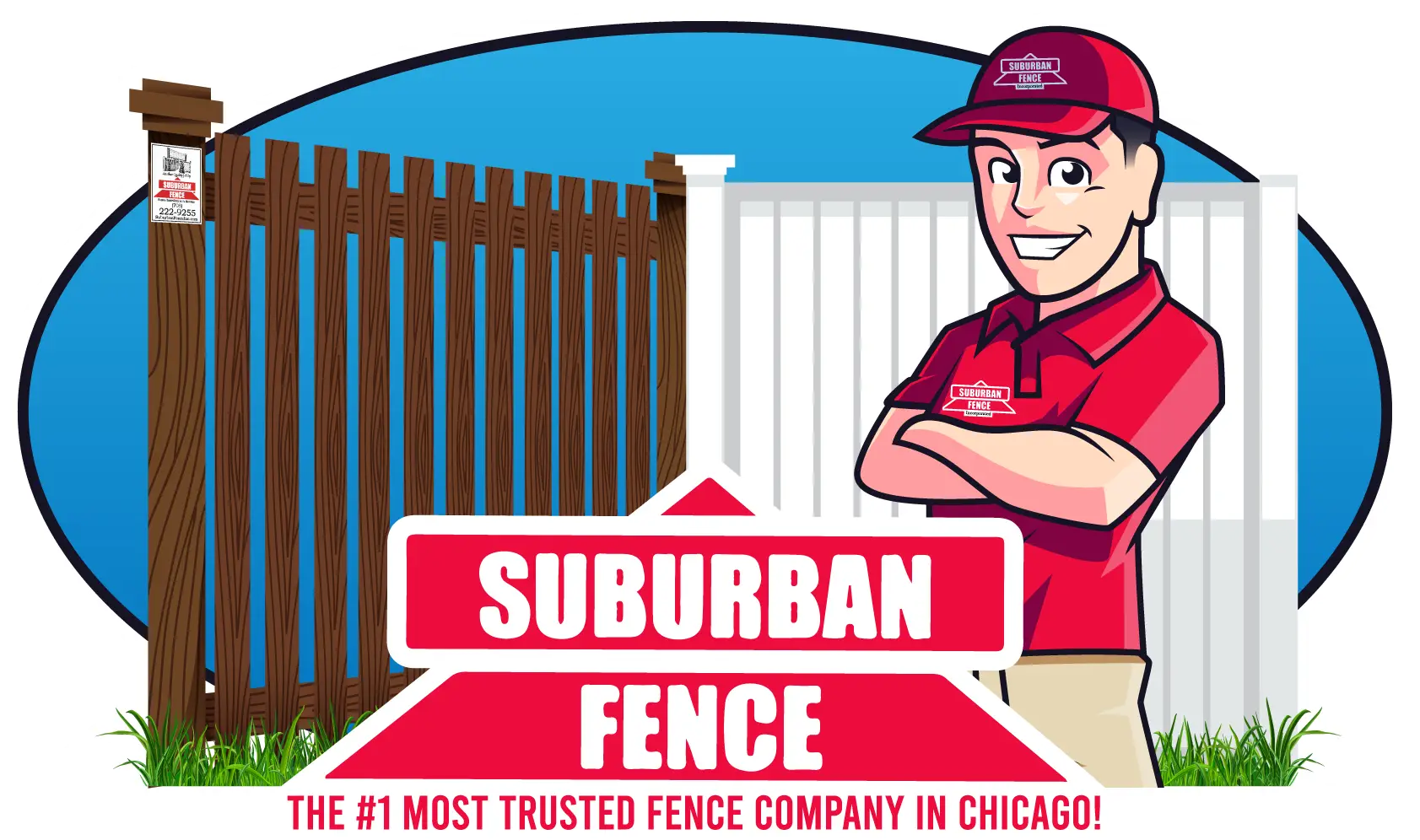
How to Prepare Your Yard for a New Fence Installation This Spring
New Fence Installation Tips: How to Get Your Yard Ready This Spring
A professionally installed fence adds structure, security, and style to any home—and spring is the perfect time to start planning your new fence installation. Warmer weather means the ground is workable and crews are more available, making it an ideal season to get started.
Before installation begins, there are several steps you can take to prepare your property. These small actions can save time, reduce labor costs, and prevent unnecessary project delays. With over 40 years of experience, Suburban Fence has completed thousands of successful fence installations across the Chicagoland. Here’s what every homeowner should know before their upcoming spring project.
Planning a fence project this spring?
Trust a Chicago fencing company with 40+ years of experience to guide you through every step. From material selection to permits and clean installation, Suburban Fence ensures a smooth and professional experience.
Clear the Work Area and Remove Obstacles
One of the easiest ways to set your project up for success is to give installers a clear work zone.
-
Remove Old Fence Panels or Posts:
If there’s an existing structure to replace, dismantling it ahead of time can save the crew hours of labor. Be cautious around posts cemented into the ground—your installer may prefer to handle those. For those unsure whether a full replacement is needed or if minor issues can be addressed, here’s a helpful breakdown on deciding whether to repair or replace a leaning fence.
-
Clear Landscaping & Yard Items:
Remove patio furniture, toys, fire pits, or planters from the fence line. Trim shrubs and mow tall grass. Crews need 2–3 feet of clearance along the perimeter to move freely with tools and materials.
-
Secure Pets:
If you have dogs or outdoor pets, make arrangements to keep them safely indoors or in a secure area during the project.
-
Notify Neighbors:
If your fence borders another property, consider letting neighbors know about the project timeline. This is especially helpful if workers need temporary access to their side for proper alignment.
Creating a safe, clutter-free environment minimizes the risk of property damage and speeds up the job significantly.
Locate Utilities and Mark Your Property Lines
Before digging begins, it’s crucial to have underground utility lines professionally marked. Contact 811, the national “Call Before You Dig” hotline, at least 3 days before the start date. Utility companies will visit your property to mark gas, water, sewer, and electrical lines with color-coded flags or spray paint. It’s a free service that can prevent accidents, service disruptions, or code violations.
Utility strikes aren’t just dangerous—they can also delay your project for weeks and result in fines.
Tips for identifying property boundaries:
- Review your plat of survey, usually included in your home’s closing documents.
- If unclear, consider hiring a licensed land surveyor to confirm lines.
- Never rely solely on existing fences or landscaping to determine boundary placement. These can be inaccurate.
A reputable home fence installer in Chicago will verify placement before construction begins, but providing accurate information early on helps prevent costly rework or legal issues.
Choose the Right Fence for Your Needs
Not all fences are created equal—and what works for one homeowner might not suit another. Think about what you want your fence to do. Do you need privacy? Pet containment? A safe area for kids to play? Or are you more focused on aesthetics and curb appeal?
Here are a few popular materials to consider:
- Wood Fences: Classic and customizable. Great for privacy and natural appeal.
- Vinyl Fences: Low-maintenance and long-lasting. Available in various colors and styles.
- Chain-Link Fences: Affordable and functional. Ideal for pets and large yards.
- Aluminum or Steel Fences: Durable and decorative. Perfect for elegant, open designs.
Suburban Fence has decades of experience helping Chicago homeowners find the right fence style for their property and lifestyle. If you’re part of a homeowners’ association (HOA), be sure to check for any design or height restrictions before finalizing your choice.

Discuss Timeline, Permits & Access with Your Installer
The best time to address all logistical questions is well before your installation date. Ask about:
-
Start and completion timeframes:
On average, residential fence installations take 1–3 days once work begins. Spring schedules fill up quickly, so early booking is key.
-
Permits:
In many Chicago suburbs, permits are required before building a fence. Processing times vary by municipality—some take 1–2 weeks. Reputable contractors handle this on your behalf, but double-check your city’s website for details.
-
Yard access:
Let your contractor know how to reach the work area. Will the crew enter through a side gate or garage? Are there locked areas they’ll need access to? Will vehicles or heavy tools need driveway space?
Efficient access and scheduling reduce time spent onsite, which can directly lower project costs.
Why Spring Is the Best Time for New Fence Installation in Chicago?
While fencing can be installed year-round, spring offers several advantages, especially for Midwest homeowners:
Ground Conditions Are Ideal
Thawed soil is easier to work with, which results in cleaner post installation and straighter alignment. Early spring soil also tends to be less saturated than post-snowmelt conditions, reducing concrete curing times.
Avoid Peak Season Delays
According to a 2023 report by the American Fence Association, installation demand in the Midwest peaks between late May and August. Booking earlier in spring increases availability and may result in faster turnaround.
Prepare for Summer Projects
Completing your fencing early in the season means your yard is ready for landscaping, gardening, or outdoor entertaining without disruption. Those looking for more functionality or upgraded design features might want to explore custom fence solutions tailored to Chicago properties.
Milder Weather for Workers
Spring temperatures create optimal working conditions, allowing crews to complete projects efficiently. Excessive summer heat can slow progress or even require weather delays.
Booking during March through early May also means avoiding long wait times due to material shortages—a common issue during late summer rush periods.
Start Planning Your New Fence Installation with Trusted Experts
A well-installed fence isn’t just about the material—it’s about proper planning, permits, and site preparation. Addressing these elements now helps avoid complications during the build and ensures long-term satisfaction with the final result.
Suburban Fence has earned its reputation through decades of reliable service, excellent craftsmanship, and personalized care for each project. Whether you’re planning a residential upgrade or need secure commercial fencing, our team delivers results that last.
From permits to design to expert-level new fence installation, every service is backed by 40+ years of local expertise and trusted by homeowners across Chicago and its suburbs.

 Powered by
Powered by